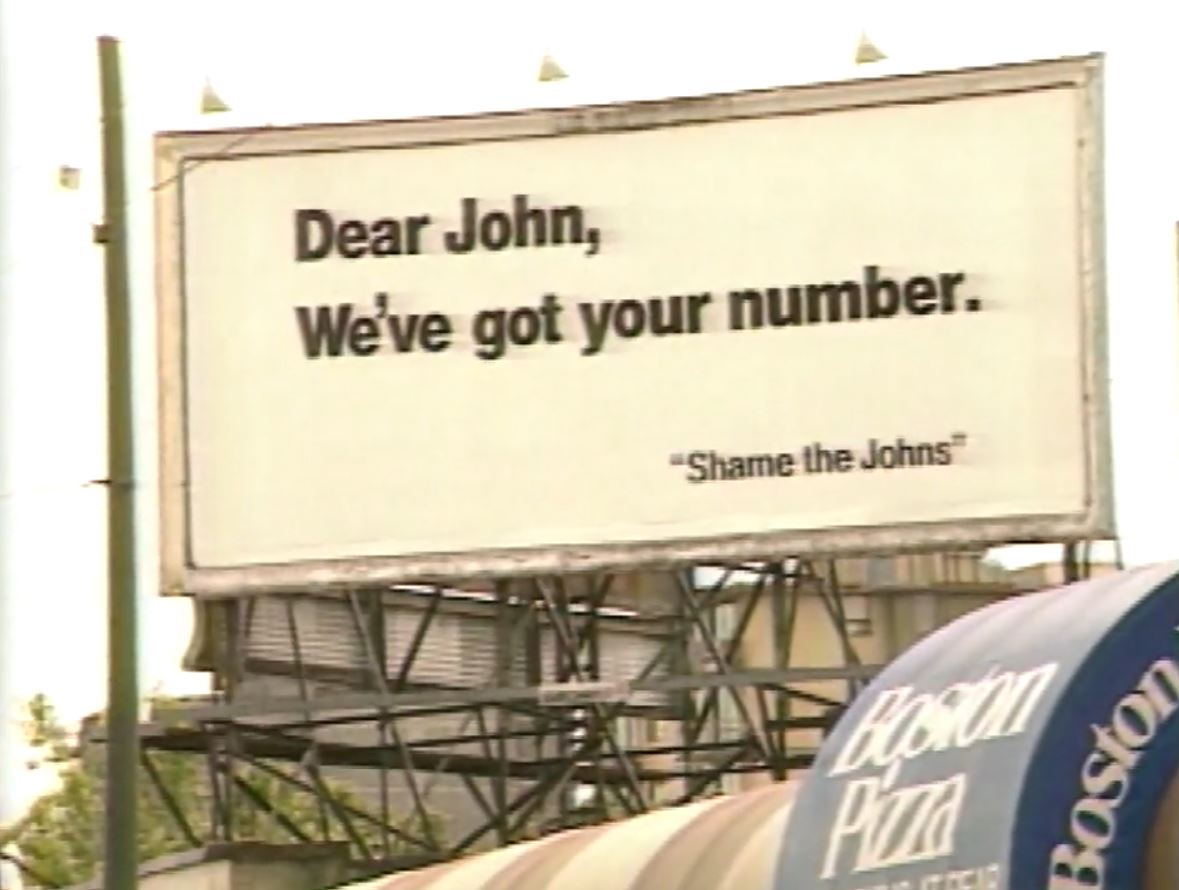There was a time when the streets of Vancouver’s West End were a lot meaner than they are today.

In his latest book, Vancouver Vice, author Aaron Chapman chronicles an era that many current Vancouver residents may not know about.
“In 1982, there were more murders in the West End than there were in the Downtown Eastside,” Chapman said.

Back in the late 1970s and early 1980s, the streets of the West End were home to sex workers, something akin to an unofficial red-light district, according to Chapman.
The area also dealt with violence, drugs, illegal gambling and tensions between police and some of the West End’s LGBTQ2 residents. The era was immortalized in the 1984 documentary Hookers on Davie.
Chapman said back then there were 200 to 300 sex workers on the streets of the West End on any given night.
“For the neighbours that lived down here, the noise and… the comings and goings of some of the traffic were constant, going until three or four in the morning.”

Get breaking National news
Studies were done, committees were formed, and meetings were held to address the situation with sex workers and the West End.
A Shame the Johns group campaigned against sex workers and their customers.
“They were sometimes called a vigilante group,” Chapman said.
“They were writing down the numbers of licence plates of cars that were passing around and taking pictures of people and standing on the same corners the sex workers were working on trying to intimidate the clients and intimidate everybody to push this out of the neighbourhood. It was like a little bit of civil war happening here.”
A provincial injunction in 1984 had the effect of pushing sex workers out of the West End and into other parts of the city.
- IIO investigating after woman struck and killed by Surrey Police vehicle
- Family of woman seriously injured in Highway 1 crash says life can change in a moment
- Bear believed to be burned while hibernating now recovering at B.C. wildlife shelter
- Unauthorized health products seized from 2 nutrition stores in B.C. city
“Overnight, that just emptied the streets,” Chapman said of the injunction. “I talked to one police officer who said you could have shot a cannon down Davie Street and not hit anybody. There was nobody there.”
Today, there are few remnants of that era. A memorial to West End sex workers stands on Jervis Street.
Another legacy of that time is hiding in plain sight, Chapman said. Traffic-calming measures were installed in the neighbourhood to curb car vehicle traffic in the area.
Chapman said as far back as 1973, barricades were talked about as legitimate traffic-calming measures. When the barricades were installed in 1981, they were introduced as a way to deter the sex trade.
“Everybody was knocking on the City’s door, asking for an answer,” Chapman said. “When they put these in, they announced it was ostensibly to curb the issue of street prostitution that was happening in Vancouver.”
The City put up about a half-dozen barricades in 1981, which vary in style. Some, like the one on Nicola and Pendrell streets, are now small parklets.
Chapman notes that the traffic diverters, like so many efforts to combat the sex trade, didn’t work as intended.
“All it did was slow down traffic and made it easier for some people in those cars to talk to some of the women on the corners,” he said.
Over the years, some of the traffic diverters were spruced up and have become welcoming public spaces.
“They become part of the neighbourhood in that way,” Chapman said. “Many people in the West End walk by the curbs and the barricades and the little parklets in front of buildings and think, ‘How wonderful, somebody decided to cut off the street and put in some nice grass and park and some trees.’
“But the real reason why those are there is a totally secret thing that many people in the city probably don’t realize.”


_848x480_1397405763961.jpg?h=article-hero-560-keepratio&w=article-hero-small-keepratio&crop=1&quality=70&strip=all)



Comments